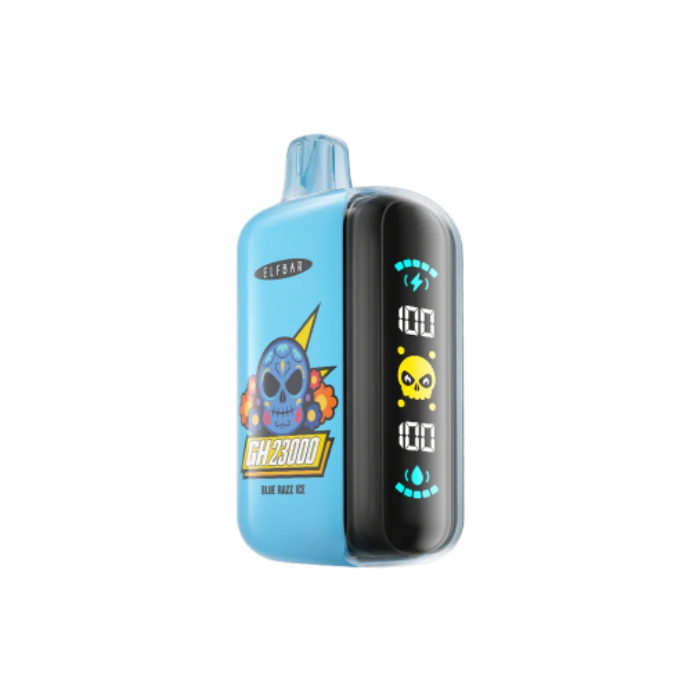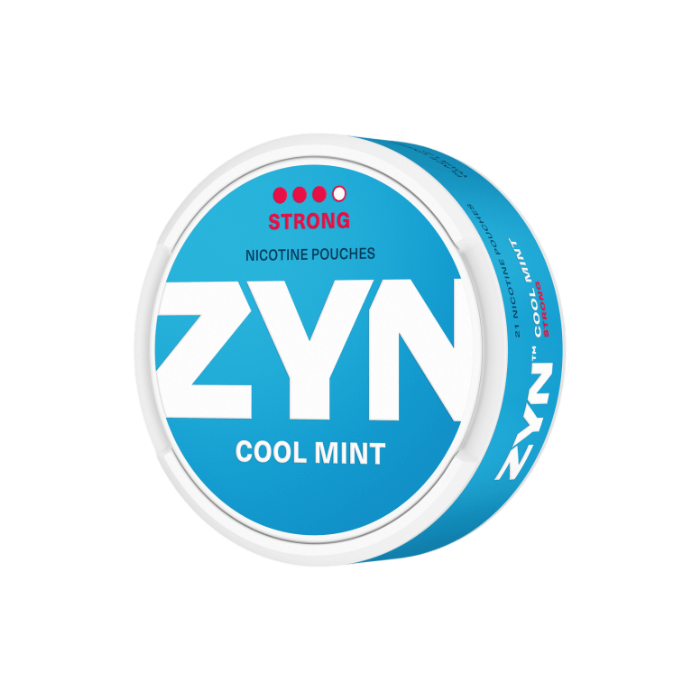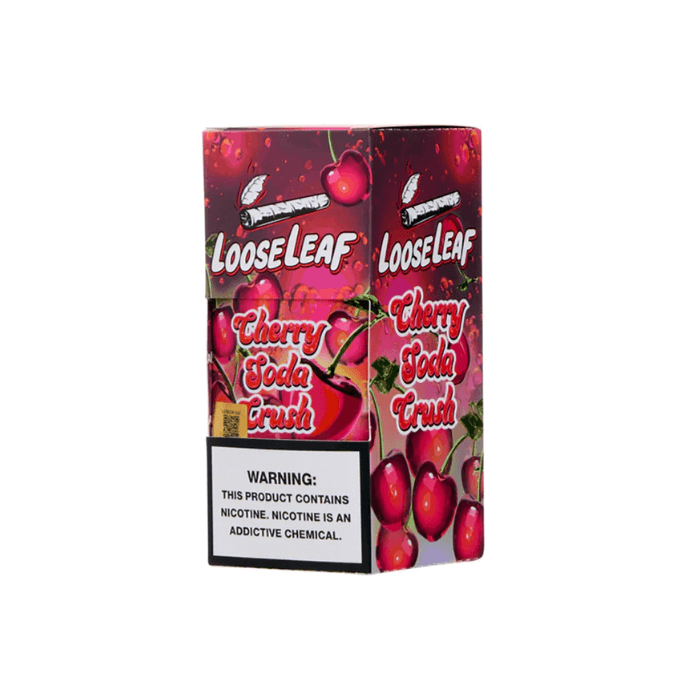Cigarettes used to be one of the main sources of nicotine hits by many users as they are pretty much convenient and accessible. But, due to their known harmful effects due to the byproducts of tobacco smoke, many smokers have switched to vaping devices.
Vaping devices, or electronic cigarettes, are nicotine delivery systems that don’t take advantage of any tobacco elements. Instead, they rely on an e-liquid formulation with synthetic nicotine, giving users their much-needed nicotine kick without the harmful effects of smoking cigarettes. Today, you can basically get varying types of vapes, one of them being disposable vapes.
If you’ve been using disposable vapes for quite some time, then you already know how effective they are when it comes to delivering nicotine to your body. However, if your disposable vapes have made you feel sick for the past couple of vaping sessions, then there might be something wrong with your health. Learn why these devices make you feel sick and what you should do.
Why Do Disposable Vapes Make Me Feel Sick All of a Sudden?
Disposable vapes, in general, feature e-liquids that are responsible for the nicotine hits you get from using them. Aside from nicotine, the e-liquid of these vapes also contains propylene glycol (PG), vegetable glycerin (VG), and in most cases, flavourings.
PG and VG serve as the base carriers for other chemicals in e-liquid, allowing the e-liquid to vaporize and become aerosol when heated. PG is often used in the food industry as a preservative, boasting a slightly sweet taste. VG, alternatively, acts as a sweetener and thickener.
Different levels of PG and VG in e-liquid can determine the vape’s throat hit, flavour strength, and the amount of cloud. The mixes of PG and VG are typically displayed in percentages.
Then there are flavourings. Flavourings are meant to provide the desired taste and even scent of the disposable vapes. Many flavours of vaping devices are available in the market. Some of them belong to the fruit category, while others are part of the menthol category.
Native Smokes 4 Less is currently offering a wide range of disposable vapes in varying flavours. These vapes come from a wide range of highly reputable brands, catering to users who want to enjoy nicotine without the harmful substances found in tobacco smoke.
The nicotine found in e-liquid, finally, is either derived from tobacco leaves or made in the laboratory. It is typically added to provide users with their much-needed nicotine buzz. Today, you can get disposable vapes with either freebase nicotine or nicotine salts.
Freebase nicotine is known for providing a strong throat hit, which some users find a lot more satisfying than other vapes. However, it can be too harsh, especially at higher nic strengths. Nic salts or nicotine salts, alternatively, provide a faster and smoother nicotine hit. At lower strengths, they provide little to no throat hit, catering to those who don’t like harsh throat sensations as well as past smokers who have quit smoking and switched to vaping devices.
All ingredients used in making e-liquid for vapes are known to be safe. However, if you suddenly feel sick when using disposable vapes, then you might have already consumed too much nicotine.
Nicotine is truly a stimulant known for providing a temporary boost of pleasure and concentration. In the long term, however, the same stimulant may cause various effects on various parts of the body.
- Lungs: Using vaping products restricts your lung capacity, causing illnesses like chronic obstructive pulmonary disease and other respiratory issues.
- Heart: Nicotine can likewise narrow the arteries, increasing your heart rate and blood pressure. It can also put you at risk of getting a heart attack.
- Skin: Nicotine can then constrict your blood vessels, preventing nutrients from getting to the skin and causing premature aging and wrinkles.
- Brain: The same stimulant can alter the chemistry in your brain. It can then lead to an increased risk of psychiatric disorders like major depressive disorder and bipolar disorder.
Now, as you continuously vape, you might eventually feel sick. This is because of taking in too much nicotine in your body.
If you are a new vaper or have not yet smoked or vaped for a while, then you’ll definitely get sick once the nicotine from the device enters your body. As you vape, your brain is still getting used to the effects of the stimulant. Once your tolerance has increased, the sensation of sickness may slowly subside until it disappears completely. However, if you still feel sick after a few days or weeks, then you might have to reduce the strength of your vaping device.
Experienced users, despite consuming nicotine regularly, could also feel sick whenever they vape. This typically happens when they use disposable vaping devices that are too strong or boast a high nicotine concentration. You can also get sick due to switching to nic salts, vaping relentlessly, or using vaping products with too high wattage or power.
Allergies and Sensitivities to Vaping Ingredients
Vaping devices, as mentioned earlier, feature e-liquid, which is the main source of nicotine and flavour. Some notable ingredients of e-liquid include the following:
- Propylene glycol: PG is a versatile chemical you can find in many food products, including e-liquid. It serves as a solvent and emulsifier, keeping ingredients mixed and diluting concentrated flavours and nicotine. This solvent, however, creates a scratch throat sensation. Hence, if the e-liquid has a higher PG level, then expect the vape to produce a stronger throat hit.
- Vegetable glycerin: VG, in many topical products, is effective in trapping and retaining moisture. Unlike PG which is synthetically produced, VG is a natural chemical you can find in soap-making. In the vaping industry, this chemical is used as a base in e-liquids. Its slightly sweet taste then helps in boosting the sweetness of vaping products. When you opt for an e-liquid formulation with higher VG content, expect the e-cigarettes to produce larger clouds.
- Flavourings: Vape juice or e-liquid takes advantage of food-grade natural and artificial flavours that are typically found in snacks, candies, beverages, and other similar products. Some flavours of vaping products you can get today include candy, desserts, dairy, baked goods, fruits, beverages, and tobacco or menthol. Sweetening agents have also been added to a number of e-liquids, catering to vape users who want sweet-flavoured vaping devices.
- Nicotine: Nicotine is the primary active ingredient in an e-liquid or vape juice. It comes in various strengths, ranging from 0.3% to 2%, with higher strengths available in some countries. Before, this stimulant may only be extracted from tobacco leaves using ammonia. Today, two forms of nicotine have become available: nicotine salts and synthetic nicotine. They are known for being safer and better than tobacco-derived nicotine.
Even though these vaping ingredients are generally safe for vape users, they may still affect individuals with allergic reactions to certain compounds.
One of the key ingredients of vape juice that could trigger allergic reactions in certain vape users is PG. PG is a common ingredient in e-liquids that can very rarely cause throat irritation and coughing. These reactions are similar to those who have experienced other respiratory allergies or sensitives. If you get these reactions, it’s best that you switch to e-liquids with higher VG content. You must also consult with a healthcare professional so they can evaluate and give you guidance.
Aside from PG, vape liquids can also trigger allergic reactions in individuals due to nicotine.
If you are sensitive to nicotine and have recently used a vaping device with nicotine, your immune system will mistakenly attack your body as if the stimulant is a bacteria or virus. Nicotine allergy, believe it or not, is relatively common. Around 7% of smokers and 20% of non-smokers were found to have this type of allergy based on a small 2018 study.
You’ll know if you have an allergic reaction to nicotine once you manifest the following symptoms: swelling of the tongue, itchy/watery eyes, runny nose, hives or urticaria, wheezing, chest tightness, stomach cramps, throat closing, and sneezing.
Once you experience these symptoms, the very first thing you must do is stop vaping immediately. Then, contact a doctor if you manifest frequent congestion, difficulty breathing, signs of asthma, and other severe allergy symptoms.
Sometimes, however, you might not know that you have an allergy to e-liquid. Hence, it’s important that you are aware of varying symptoms that could signify an adverse reaction to vape juices. These symptoms include coughing, dry mouth, sore throat, mouth and throat irritation, headaches, shortness of breath, dizziness, general fatigue or tiredness, sneezing and nasal irritation, nausea, stomach discomfort, diarrhea, vomiting, mild breathing problems, and abnormal heart rate.
If you experience any of these symptoms after or even during vaping, you must consult with a healthcare professional right away. They can help you find out whether the symptoms are related to an allergy to e-liquid or if they might be caused by something else.
Mental Health and Disposable Vapes
The abundance of disposable vapes in the market enabled different types of nicotine users to gain access to their things and consume nicotine whenever possible.
Their nicotine content, unfortunately, could cause a number of health issues like increased heart rate, boosted blood pressure, and feelings of restlessness, which are clear signs of anxiety. Anxiety can then lead to panic attacks, unease, and stress in a number of situations.
Disposable vapes can also affect one’s mood.
Nicotine in disposable vapes may somehow give a quick energy boost and better focus, but it can also make you feel sick, irritable, restless, or even depressed.
Ironically, many vape users started puffing these devices as a way to cope with their existing mental health issues like anxiety and depression. A Truth Initiative survey found that 4 out of 5 young adults began vaping due to anxiety, depression, or stress.
So, the fact that the nicotine from vaping devices can also cause signs of anxiety somehow negates the advertised calming effect of disposable vapes and other similar electronic cigarettes.
In some studies, multiple vaping sessions can even make existing symptoms of anxiety or other mental health problems worse. And if a vape user tries to quit vaping, they may only experience negative mental health consequences due to nicotine withdrawal symptoms. A particular study in Korea then found a link between vaping and depression, concluding that young individuals who use vaping devices are more likely to feel depressed, think about suicide, and actually plan it.
Due to these facts, it’s important that young people are taught about the mental health risks associated with vaping devices and vaping products. Knowing how the devices affect one’s mood and overall mental health state may somehow help them make better choices and seek help when needed.
Safe Vaping Practices
Many vape users today treat disposable vapes as their daily companions, relying on them to help them get through the day. The nicotine content in these devices has become their source of relaxation and a pleasant feeling.
Unfortunately, some of them have become overly dependent on vaping devices, leading to chain vaping. Chain vaping does not only make them feel sick but also causes the early stages of nicotine poisoning. Using nicotine vapes excessively may also cause various mental health problems as well as issues with your body.
To ensure these things don’t happen, you must use vaping products safely. You must follow a number of simple tips to minimize the risks related to disposable vapes and other types of vaping devices.
- Start with lower nicotine levels. If you’re new to vaping or have recently switched from cigarettes, you must begin with a lower nicotine strength first to avoid feeling sick. Starting low lets your body gradually adjust while satisfying your nicotine cravings.
- Take regular breaks between vaping sessions. The next thing you must do is to avoid chain vaping. Doing so, as mentioned, may lead to excessive nicotine intake as well as potential throat irritation. Give yourself time between sessions so that your body can metabolize the nicotine and reduce the risk of side effects like nausea or dizziness.
- Stay hydrated. Vaping can cause dry mouth and throat since some e-liquid ingredients like PG may reduce moisture in the said parts. You must drink water regularly to counteract dehydration and keep your mouth and throat feeling comfortable.
- Maintain your vaping device accordingly. The last thing you must do is to maintain your vaping device properly. You can do this by cleaning and checking your device regularly, which helps prevent any build-up of residue, burnt coils, or battery issues. A well-maintained vape can give you better flavour, ensure a longer device life, and guarantee a safer vaping experience.
Now, if you are using a disposable vape and have manifested health problems like severe chest pain, difficulty breathing, rapid heartbeat, nausea, or vomiting, make sure to seek medical assistance. These body health issues might be due to an allergic reaction or a serious underlying condition.
Frequently Asked Questions
Why do I feel sick after a disposable vape?
You feel sick after using a disposable vape due to nicotine overconsumption, especially if your vape has a high nicotine strength or if you vape too quickly. You may also feel sick after vaping due to dehydration, sensitivity to e-liquid ingredients, or an empty stomach.
Can disposable vapes make you sick?
Yes. Disposable vapes can make you sick if you use them improperly or excessively. Their high nicotine content, allergic reactions to a number of e-liquid ingredients, or poor-quality devices can lead to unwanted effects from these vaping devices. Overuse can also lead to temporary symptoms such as coughing, throat irritation, or nausea.
How do I stop feeling sick from vapes?
You can stop feeling sick from vaping by stopping immediately and taking a rest in a well-ventilated area. You must then drink water to stay hydrated as well as consider having a small snack to somehow settle your stomach. Afterwards, use a lower-nicotine vape and use it slowly.
Summary
Using disposable vapes could make you feel sick due to a number of potential reasons.
First, you might have an allergic reaction to a number of ingredients from your vape’s e-liquid. You might also feel sick as your disposable vape has some faulty components already. Lastly, you might feel sick when using a disposable vape due to consuming too much nicotine.
To avoid feeling sick when vaping, it’s important to follow numerous safe practices such as starting with lower nicotine levels, taking regular breaks during vaping sessions, staying hydrated, and maintaining your e-cigarettes.
Do you have any used disposable vapes? Don’t know where you can dispose of them? Then here’s a quick guide from Native Smoke 4 Less on where to throw out disposable vapes.






















